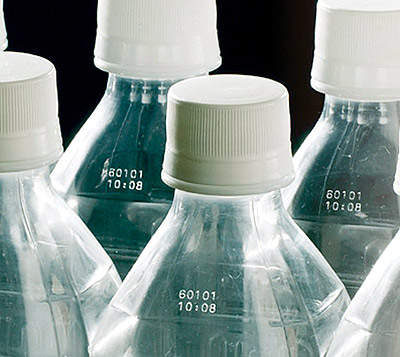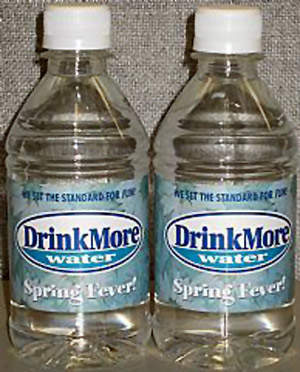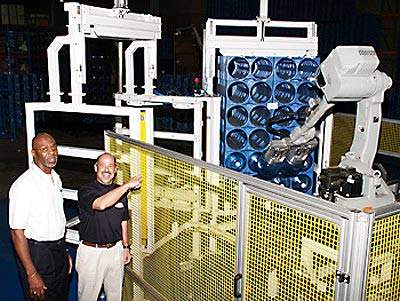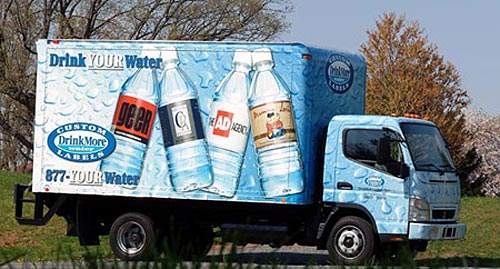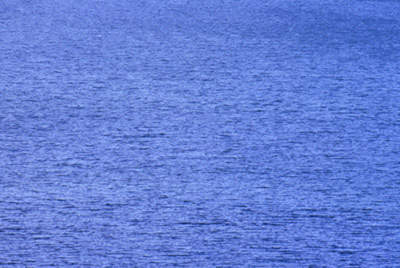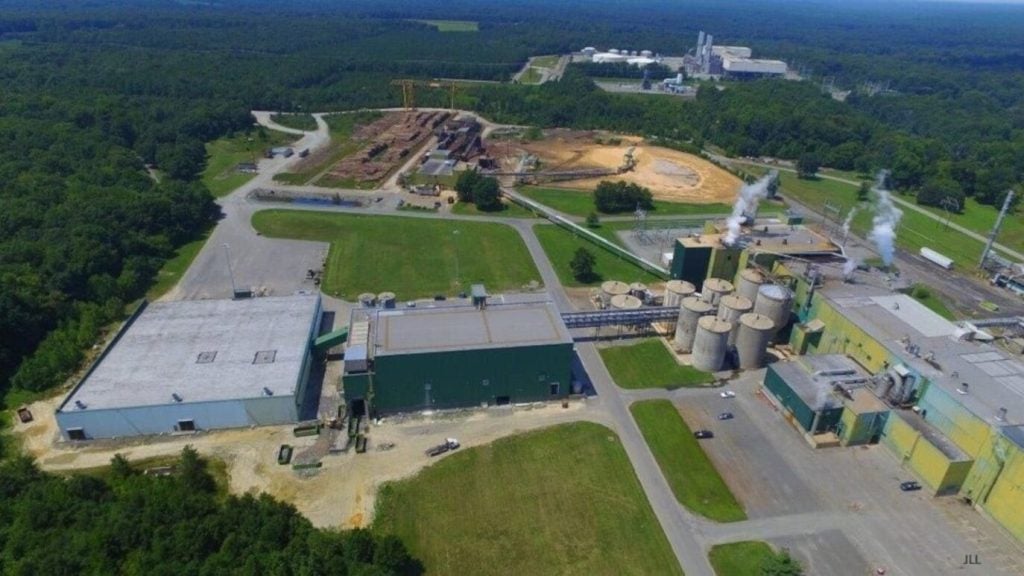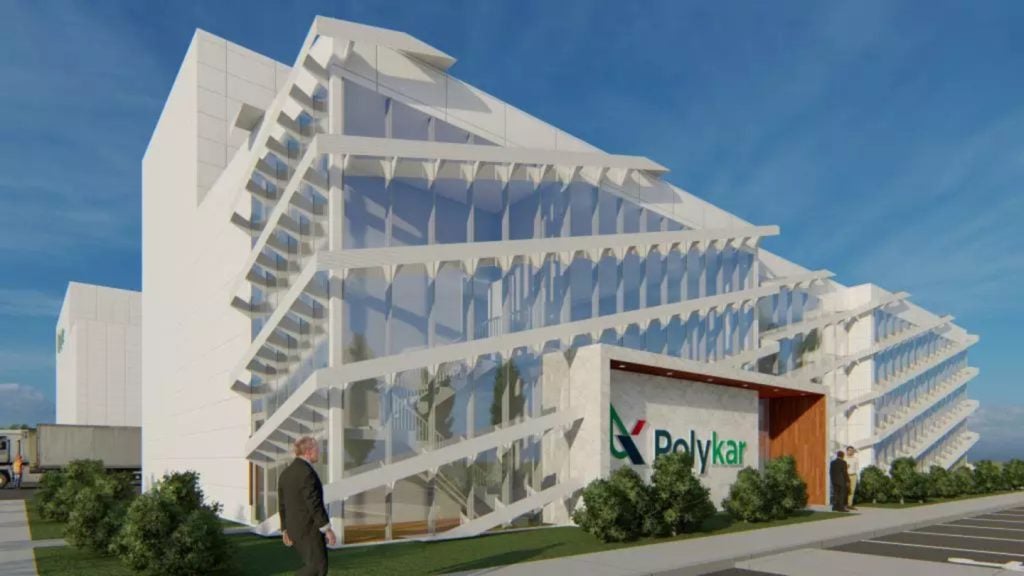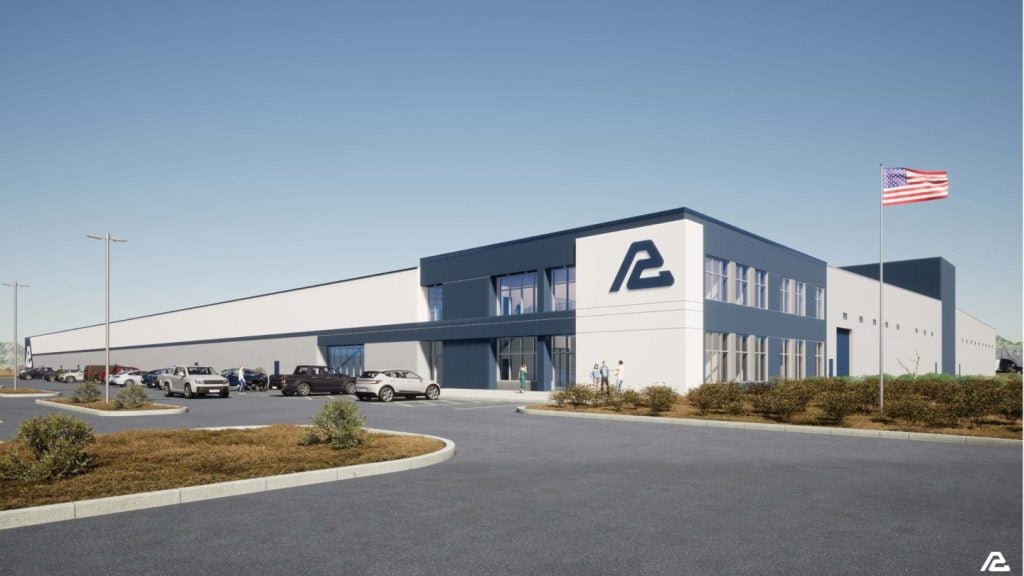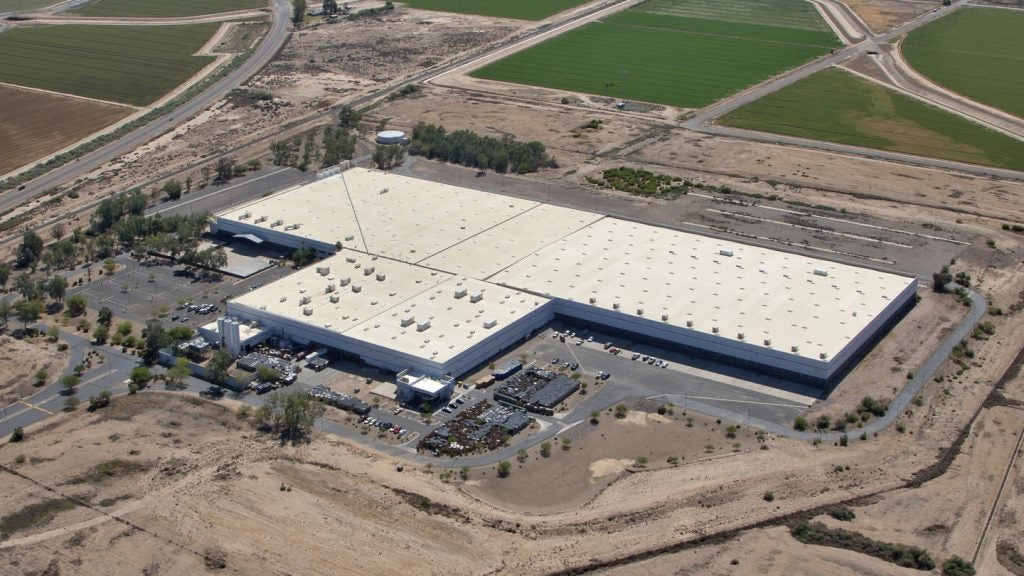Drinkmore Water is well known throughout the US as a brand of ultra-purified water that also produces custom labelled bottled water for a range of corporate clients.
The custom label business can produce ‘short runs’ with as little as one 24-bottle case with a specialised label. It can switch between label designs quickly (the company has been known to run 50 different labels in one day).
In addition, a large section of business derives from the production of 3gal and 5gal PET bottles of water for corporate water coolers.
In 2006 the company installed a new bottling line at its Gaithersburg plant to produce PET bottled water in 12oz to 1.5l sizes. The new bottling line also includes a shrink wrapping machine to case pack the product ready for distribution (the shrink wrapper does not use any additional cardboard inserts). PET bottles are supplied by Plastipak Packaging Inc and caps by ALCOA Closure Systems International.
DRINKMORE HISTORY
Drinkmore Water (the subsidiary company of Drinkmore Custom Water) first opened in Rockville, Maryland, in 1993 producing ultra-purified water for home consumption. In 1996, Drinkmore Water started to deliver its ultra-purified water to homes and offices in the Greater Washington and Baltimore region, and currently has over 12,000 customers.
In mid-2006, the company moved to a new 40,000ft² plant in Gaithersburg, where it also reinstalled its 3gal and 5gal water line and added the new PET bottling line run by Drinkmore Custom Water. The company also installed a new, state-of-the-art water purification facility in the plant.
UNSCRAMBLING
The PET bottles are transferred into the floor hopper of an M-500 unscrambler supplied by Pace Packaging Corp. The bottles are lifted into a rotating disc that discharges them into the stand up unit in a horizontal upright position. If the bottles have the bottom leading, they are ejected in an upright position onto the next conveyor.
If the bottles are oriented with the top, open end leading, they are flipped over so the closed end is leading, and then stood up on the takeaway conveyor. The bottles are then passed to the monobloc RFC24-24-8 rinser / filler / capper supplied by Linker Equipment Corporation.
This is installed inside a Class 100,000 cleanroom supplied by Clean Air Products. The room has a total of five overhead, high efficiency particulate air (HEPA) filter units, which maintain a positive pressure in the room.
The whole system has a 24-24-8 set up meaning that the rinser has 24 heads, the filler has 24 heads, and the capper has eight heads. The Linker neck-handling system makes changeovers to different bottle sizes quicker and easier since fewer changeover parts are required.
BOTTLING PROCESS
Bottles move into the rotating rinser through a starwheel where they are inverted for spraying. The rinse water drains away, and the bottles are returned to an upright position as another starwheel transfers them to the gravity filler.
An electronic sensor maintains the level in the filler bowl to ensure the correct fill level in the bottles. The filled bottles then travel through a starwheel to the cap-in-head capper. Caps travel down a chute from an overhead hopper and are released as the bottles enter the capper. A magnetic clutch component tightens the caps to the required torque level as the bottles move around the capper.
Filled bottles moving from the cleanroom have a ‘lot code’ and ‘production date’ printed on the bottle shoulder before passing through an accumulation table (from Arrowhead Conveyor Corporation).
The bottles then pass through a single-filing section and are transferred to the labelling area. The custom labeller incorporates two side-by-side labelling heads that can operate alternately to facilitate production of short runs with different labels (Quadrel Labeling Systems).
DRINKMORE LABEL PRINTING
The labels (supplied by Discount Labels) are able to include photographic images and PMS (Pantone Matching System) colours. Drinkmore Custom Water, which has its own in-house design department, can also print labels so that there are two different labels in sequence on each roll. This allows for half of the bottles in a case to have a differeing design, if required.
Most bottles use the standard, pressure-sensitive label but the company also offers a patented coupon tag label, which can be removed from the product. There is also the option of running competitions through the use of lottery style scratch-off areas on the bottle label.
SHRINK WRAPPING
Drinkmore Custom Water installed a Series IL Model PH32HL intermittent-motion shrink wrapper with a custom-built infeed from Polypack Inc. The machine runs in three pack configurations: 2×3, 3×4 and 4×6.
The bottles enter through four lane dividers. Sensors above the lanes detect that the lanes are full, triggering a gate release of six rows of bottles for packaging. A motorised pusher assembly pushes the bottles through the wrapping section of the machine. The bottle-feeding process is then repeated.
MGS Machine Corp provided a paperboard-pad dispenser for when a pad is required in the packaging process. Two rolls of film are mounted on the end of the machine and enter the machine perpendicular to the direction of the infeed-bottle travel (PE film supplied by Film Source International).
Each layer of film passes over a series of ‘dancer bars’ that feed it into the wrapper. The bottles are pushed through the film curtain and travel on top of the bottom layer through the wrapping section, while the top layer travels above the bottles.
The leading edges of the two pieces are heat-sealed together as the group leaves the wrapper. This action simultaneously seals the back edges of the two layers of film on the leading group of bottles and the leading edges of the film on the following group. The seal bar also has the job of cutting the film apart between groups of bottles.
Multiple sensors throughout the wrapper monitor the operation. The wrapper incorporates a programmable-logic controller from Telemecanique as well as a colour-touchscreen operator interface with message display and self diagnostics.

